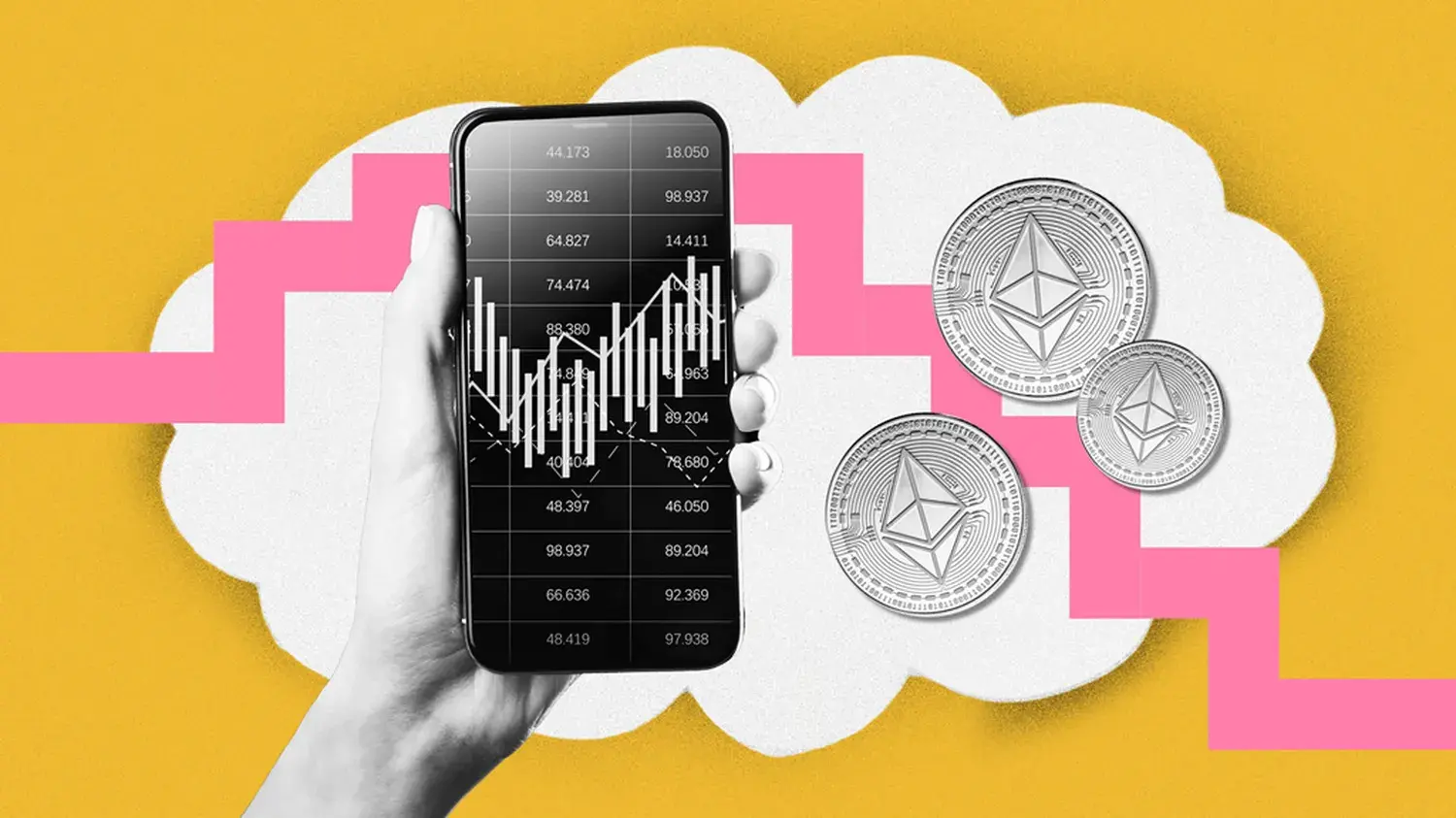iPhone maker, Apple recorded its strongest revenue increase in three years on the back of strong iPhone sales ahead of possibly new US tariffs, coupled with government-supported subsidies in China.
But despite a 10% jump in total revenue for the April to June quarter and a forecast that beat Wall Street expectations, the company’s share price fell around 1% on Friday. Investors remain sceptical that the gains are sustainable, especially as Apple continues to face pressure on multiple fronts, including trade tensions and lagging progress in AI.
China’s subsidies added to the momentum
According to the company, sales for iPhones jumped by 13% during the quarter, supported by a solid demand for the lower-cost 16e. The sales growth was also because of the Chinese government’s efforts to support consumer spending on electronics, effortlessly beating analyst projections, subsequently enhancing the tech giant’s overall sales.
The iPhone maker benefited from a state subsidy programme in China designed to support device sales. The government-backed scheme offered incentives for eligible devices, prompting Apple to lower the price of its high-end Pro models to meet the criteria.
“This isn’t just happening in the US – China is part of the story too,” analysts at Moffett Nathanson said.
“Apple cut prices on its Pro models in China to qualify for subsidies, and it paid off. But what does that mean for demand in the second half of the year?”
MoffettNathanson analysts.
Investors are generally wary of the short-term effects of the strategy. However, analysts warn that the sales boom may not reflect a genuine increase in long-term demand.
Instead, it could be a temporary “pull-forward” effect, consumers rushing to buy before prices rise under possible new tariffs.
Despite the strong headline numbers, Apple ’s performance continues to lag behind its Big Tech rivals.
Its stock has fallen more than 17% so far this year – underperforming all members of the so-called “Magnificent Seven” except Tesla . The broader SP 500, by contrast, has gained nearly 8% in the same period.
Apple shifts supply chain to manage risks
To protect its operations from global trade uncertainty, the company has been shifting its manufacturing footprint. As reported by Cryptopolitan, Apple now sources more iPhones from India and produces Macs and Apple Watches in Vietnam, a move aimed at reducing its exposure to China-related tariffs.
Still, Apple said it expects tariffs to cost the company $1.1 billion in the current quarter, following an $800 million hit in the three months to June. And the risk remains elevated, with US President Donald Trump warning that Indian exports could face tariffs of up to 25% as early as this week.
AI delays have also weighed on investor confidence. Investors have grown increasingly concerned that Apple is falling behind in the fast-moving AI race. While companies like Microsoft, Google, and Meta have aggressively integrated AI into their products, Apple has taken a more cautious approach.
The company recently delayed the release of an AI-powered upgrade to Siri, its virtual assistant, and has only just begun rolling out its broader strategy under the “Apple Intelligence” banner.
Chief executive Tim Cook attempted to ease concerns on Thursday, telling investors the company is “significantly growing” its investment in AI and making good progress with Siri improvements.
“Apple’s brand loyalty gives it a bit of breathing room on AI,” said Matt Britzman, senior equity analyst at Hargreaves Lansdown. “But the market is watching closely – it needs to start delivering soon.”
The strong iPhone quarter offers a welcome boost for Apple, but questions remain over how long the momentum can last.
Temporary price cuts, subsidies, and shifting supply chains may help in the short term – but they are no substitute for long-term innovation.
Your crypto news deserves attention - KEY Difference Wire puts you on 250+ top sites


